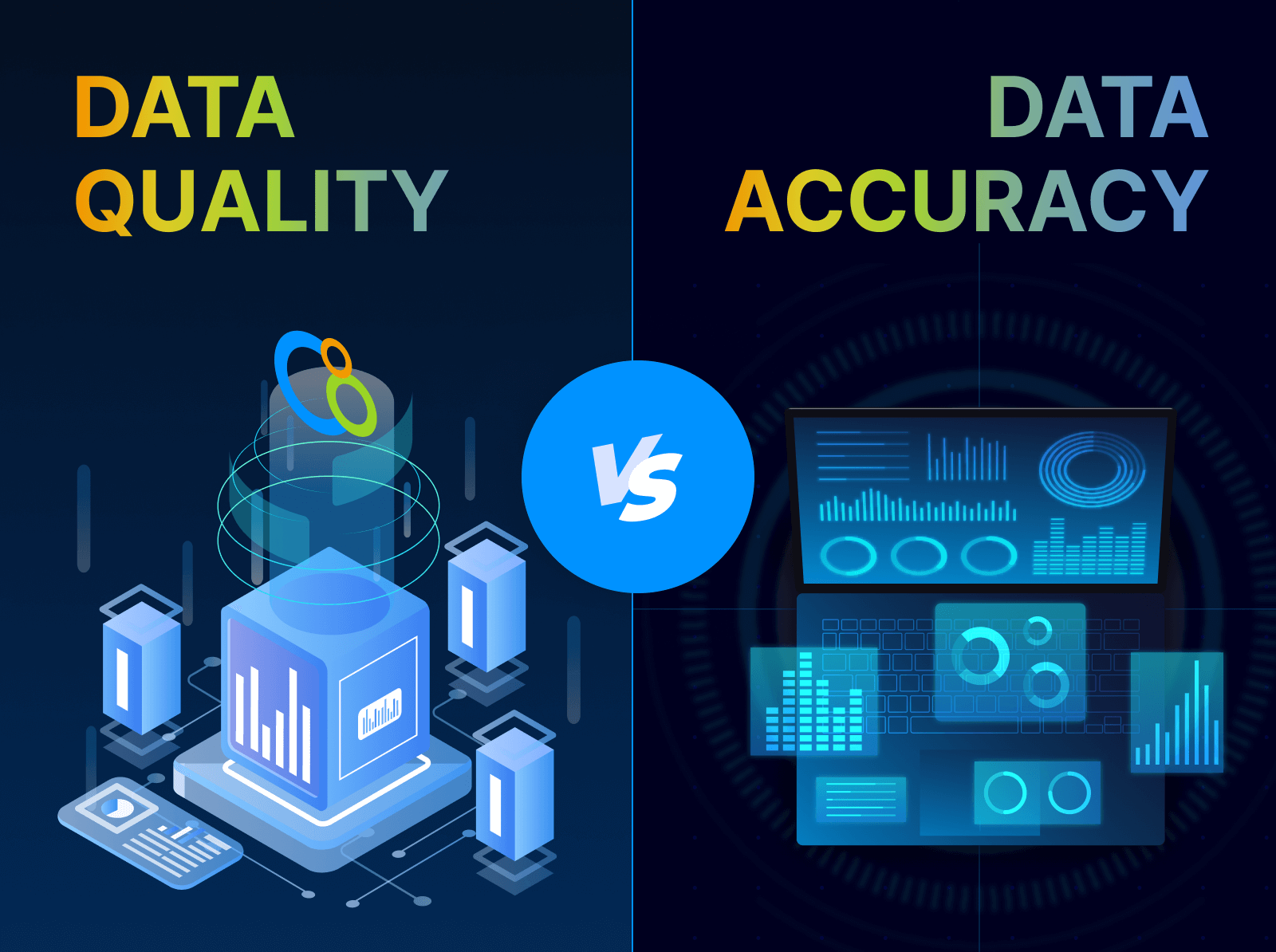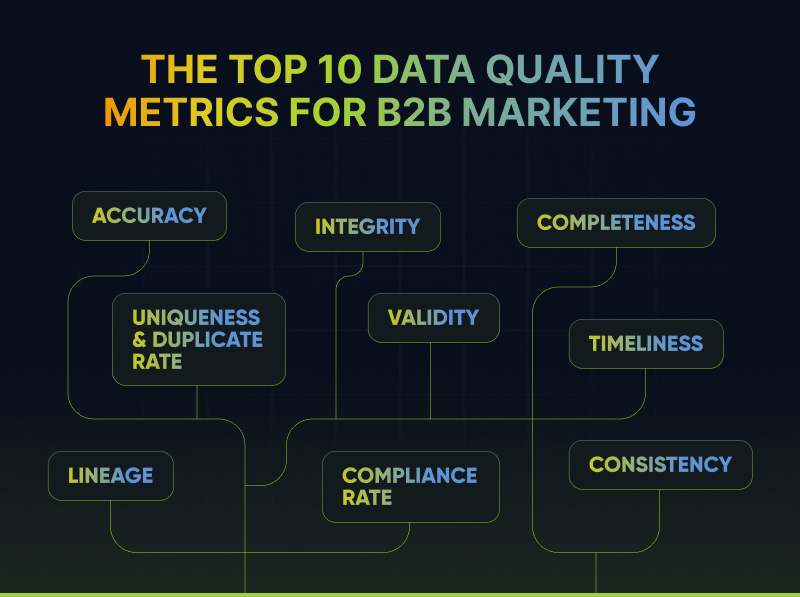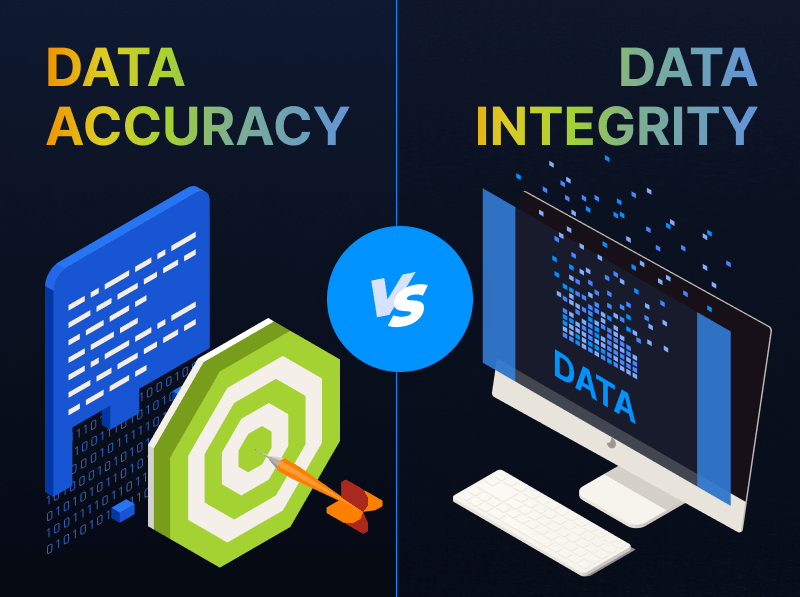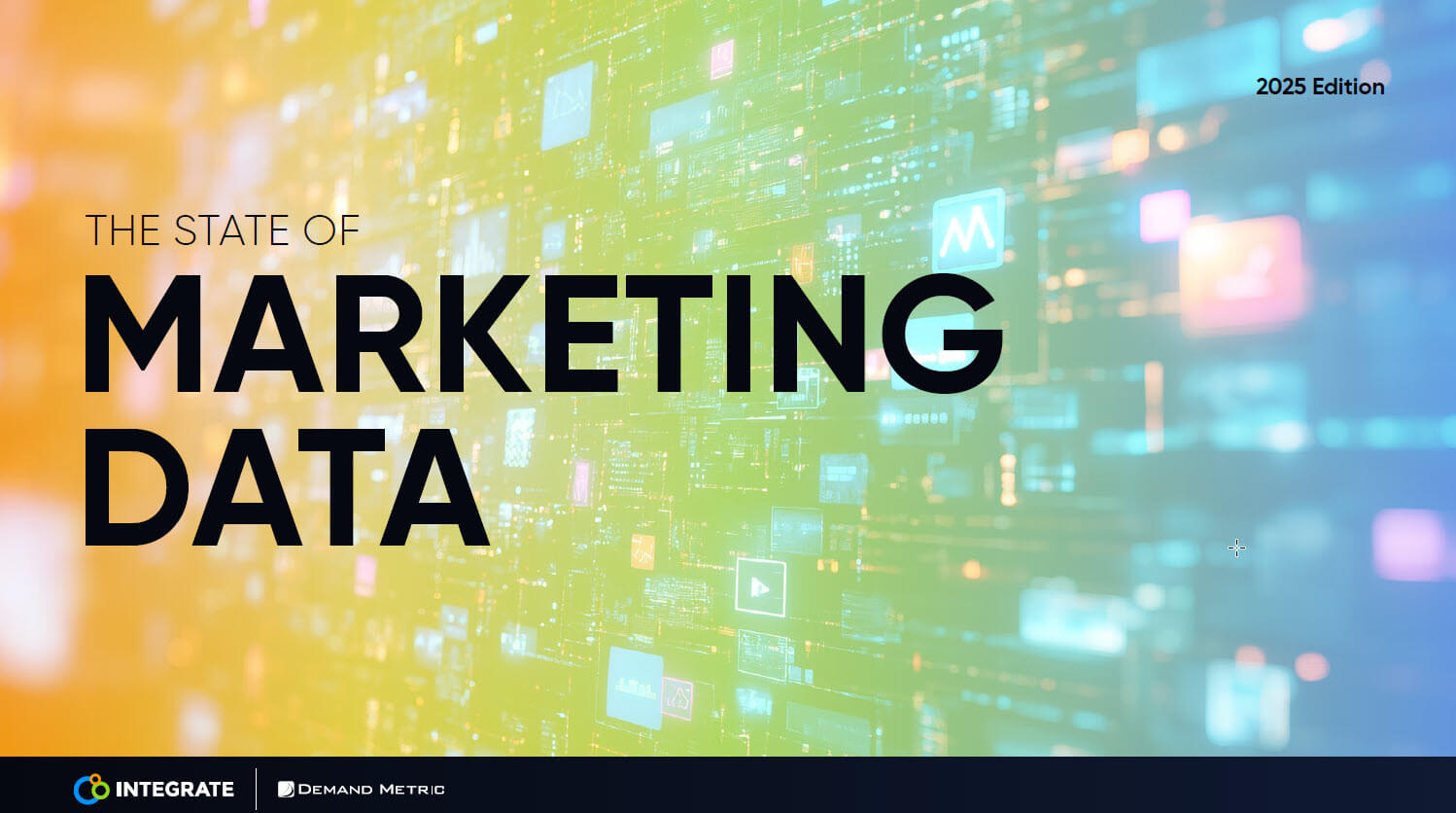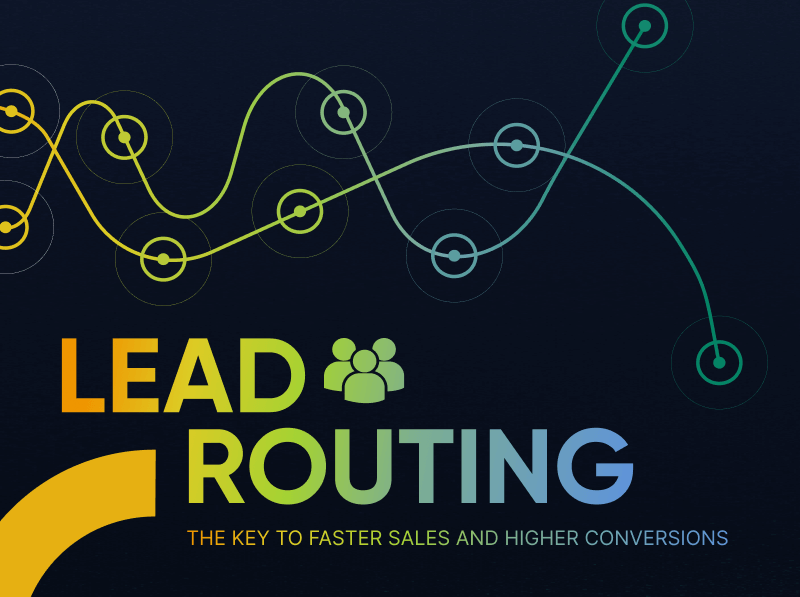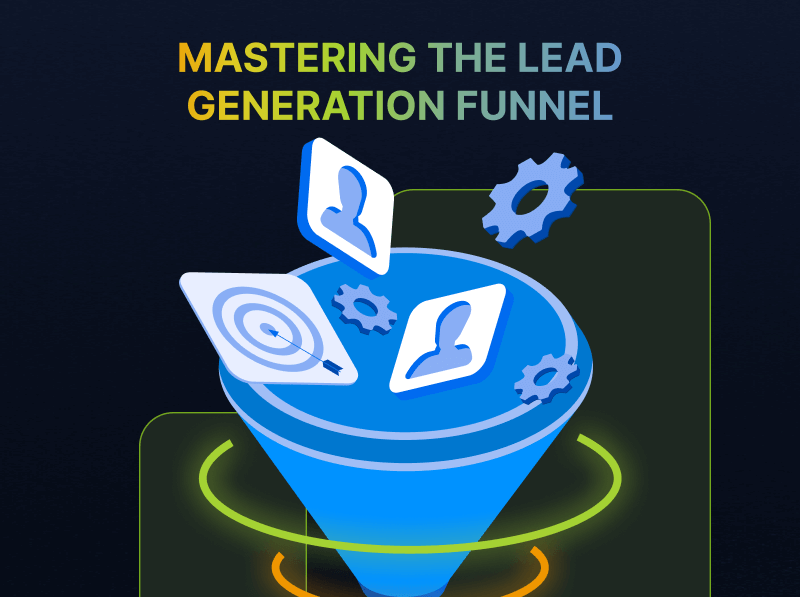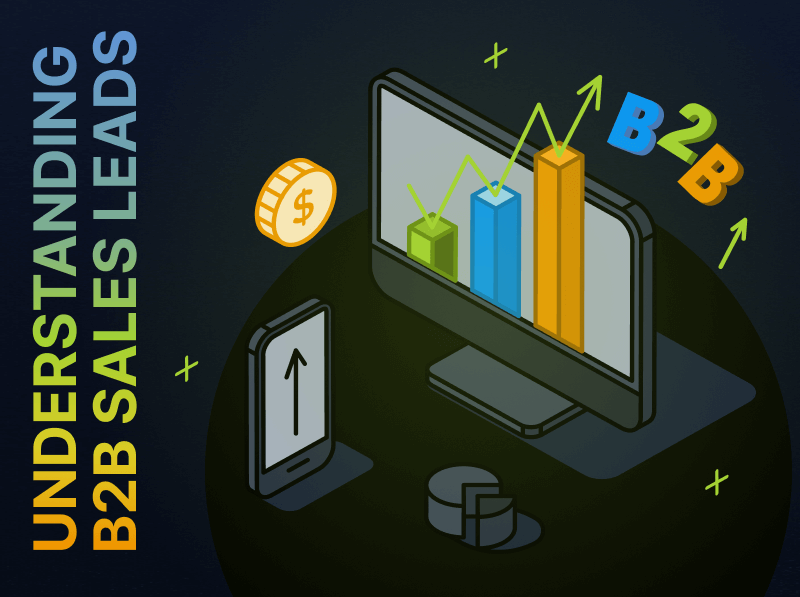5 ways Sales Managers Can Improve Lead Capture Results at Events and Shows
When was the last time you properly reviewed your sales lead collection processes for events? In the following article we’ll cover a range of problems that sales managers often struggle to address effectively, and suggest some practical ways to confront the gaps in event / show practices, particularly in the lead up to a show and after-show tracking of results.
1. Linking sales and marketing objectives for greater impact
Using one universal method for data capture at all of your events, product launches and customer interactions — either in B2B or B2C arenas — will start to build up an an embedded, winning methodology your teams can benefit from time and time again. With a well-chosen digital lead capture solution, you can tailor specific questions to lead a customer down a preferred route, product or service offering according to their responses. Sales people inherently are drawn to stick with ‘the things that work’ and add value to their pipeline, and in the modern events world, digital lead capture is part of that standard inventory. These tools can not only seen as a safe and secure way of capturing leads, but also an integral part of the sales process as your team become familiar using it regularly. Counterparts in marketing can clearly define and set out a specific path to reaching their customers through the sales teams using this data capture app, bringing sales and marketing together via direct integration and visibility of a shared end goal.
2. Dial-up your team’s accountability
Being able to easily extract aggregated information from your business event activity is not something you associate with paper based lead capture. Digital solutions mean that information is to hand immediately and be used to influence and improve your sales activity on the ground.
- Who are the top & lowest performers?
- Who has responsibility for collecting and collating the leads?
- How are the leads distributed among the team(s)?
- When are they distributed?
- How can they monitor and control exactly what information is handed out either in paper form or electronically?
- How can they track ROI from shows and events?
All of these become trivial when the process and data is visible and available in real time.
3. Increase the overall quality of leads
- How do you police lead quality at events?
- How and when are they followed up?
- Are all opportunities being tracked?
These are the things that can be overlooked during a typical show. Traditionally Sales Managers have to track this information through Excel files and paper trails. But automated, fully integrated data capture eliminates human error in the chain, and drastically shreds the lead time from initial enquiry to confirmed follow up meetings.
4. Grant yourself peace of mind
Having a method of data capture that is easy to implement and use gives you a near seamless process in the build up to a show. Once adopted by a sales team it becomes just another ‘tick box’ exercise pre-show. One less thing to worry about. All team members are proficient in using it as a real sales lead gathering tool. Managers are kept up to date with all relevant stats from the show per individual rep and can view overall statistical information. And with seamless online or offline behavior of the software, you don’t have to rely on (or pay for) flakey in-show or venue Wi-Fi.
5. View a measurable return on investment
Track and measure your ROI from all leads taken at a show. Marketing integration gives added tracking and traceability to all lead follow ups, and a value-add to overall team and individual pipelines. How valuable are the shows to the overall pipeline? With digital lead capture conducting show by show comparisons becomes a standard post-show activity, and with better results, provides a bargaining chip in reducing cost of stand space for future events when you know the real in-show stats.



